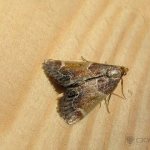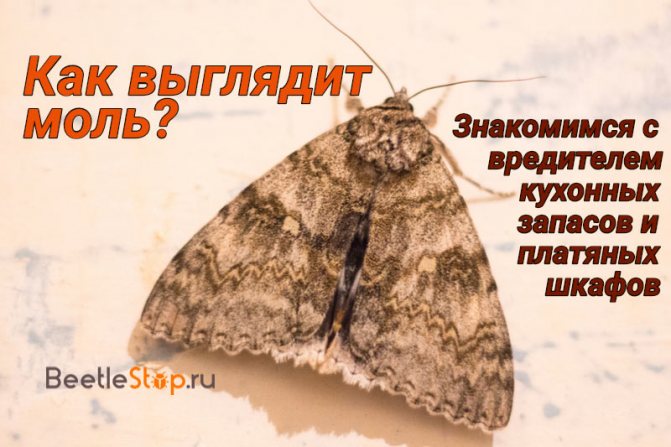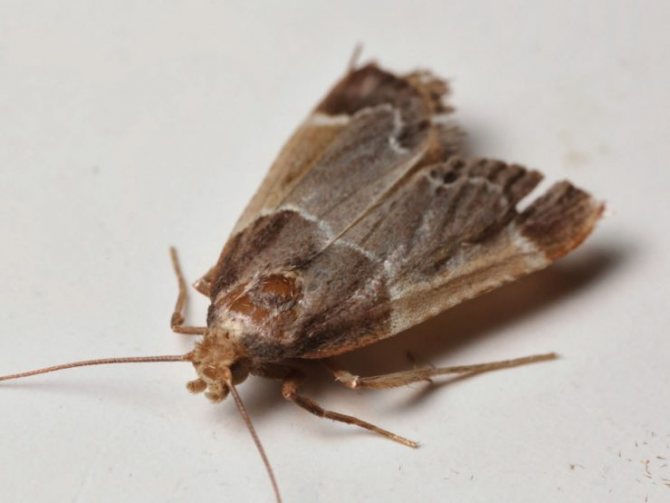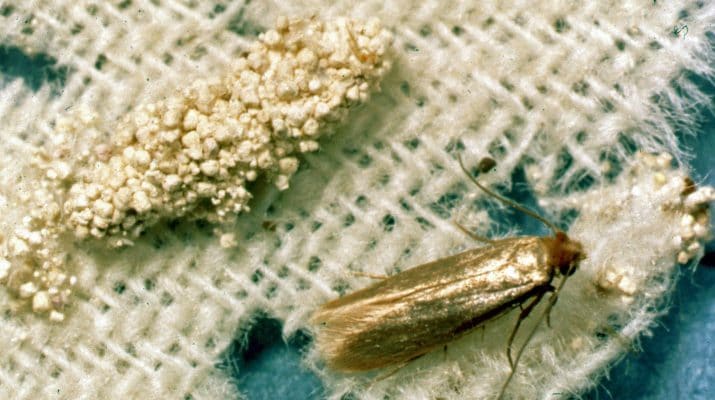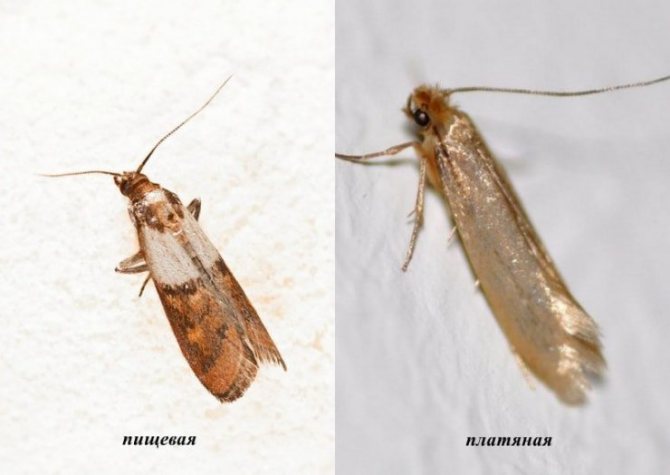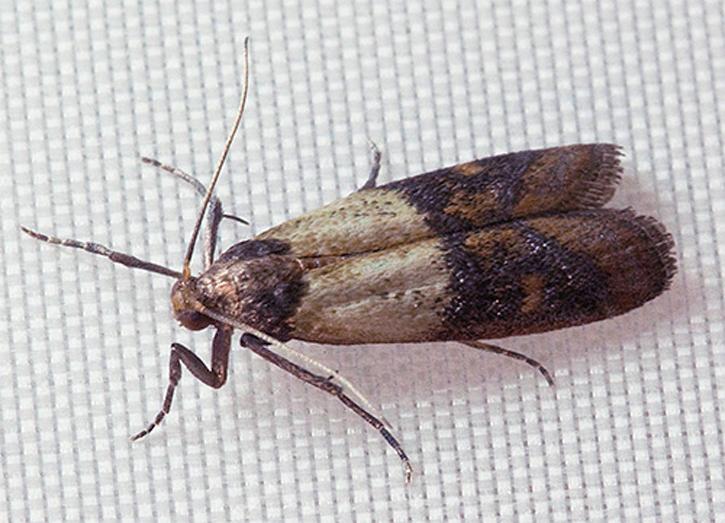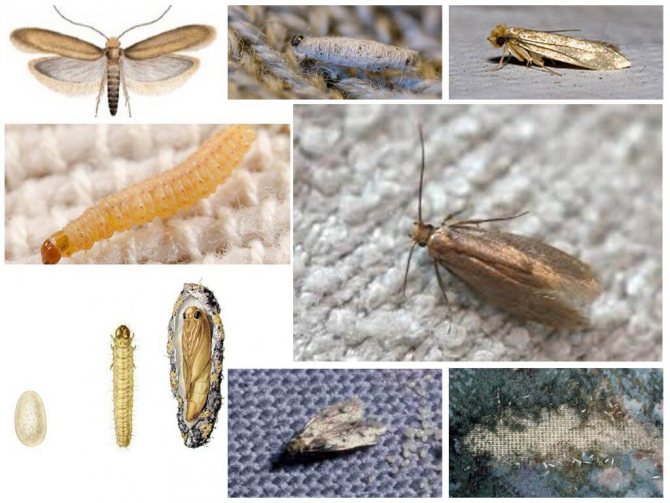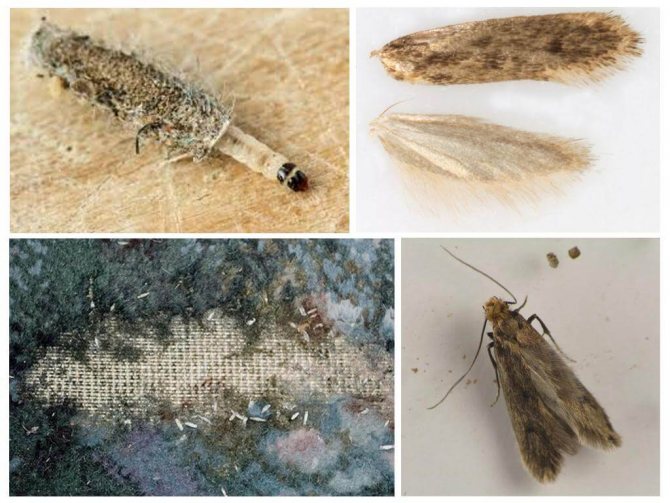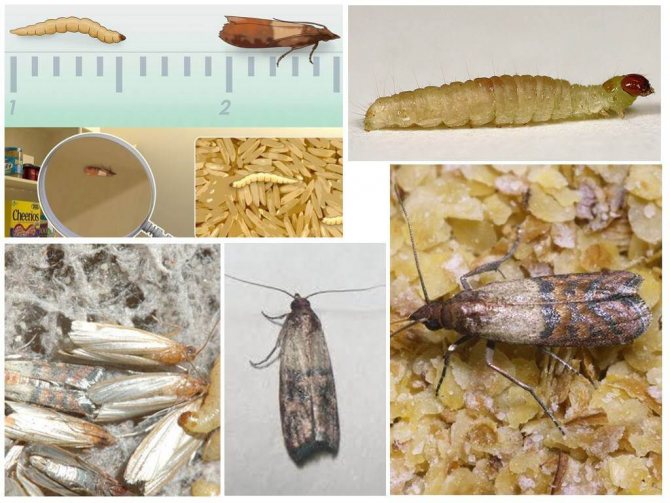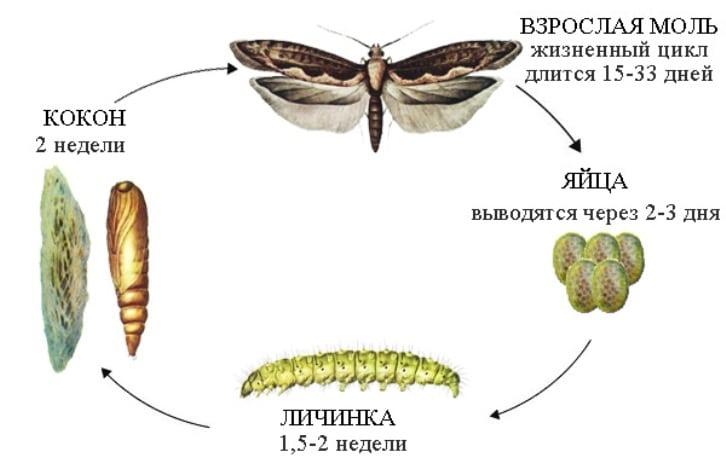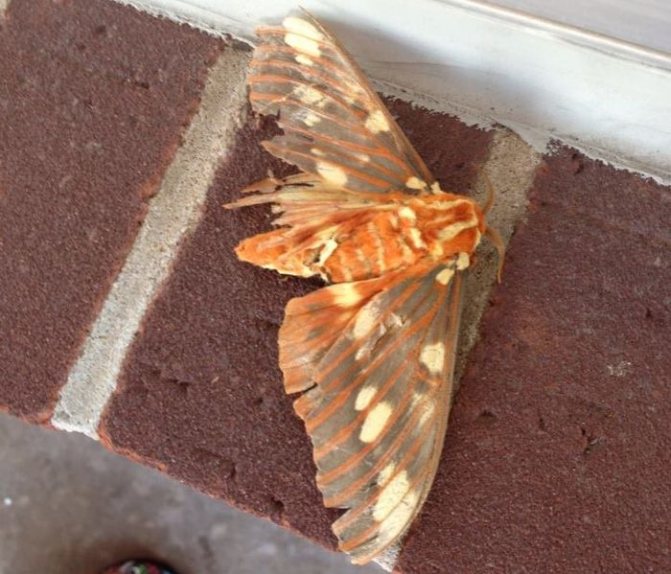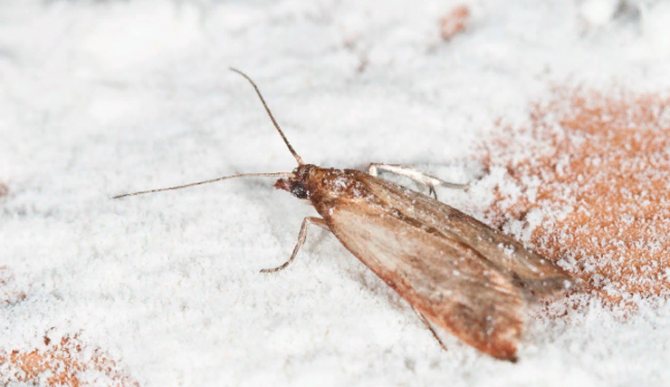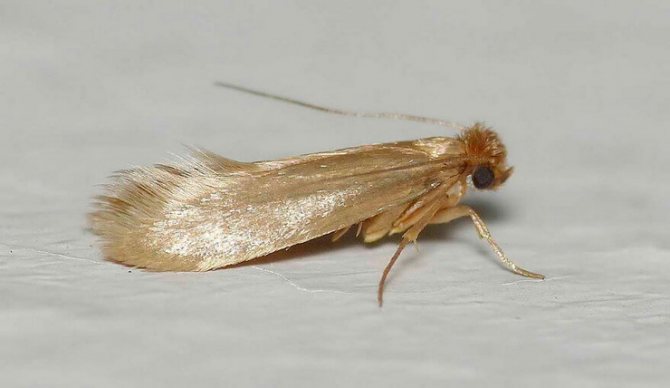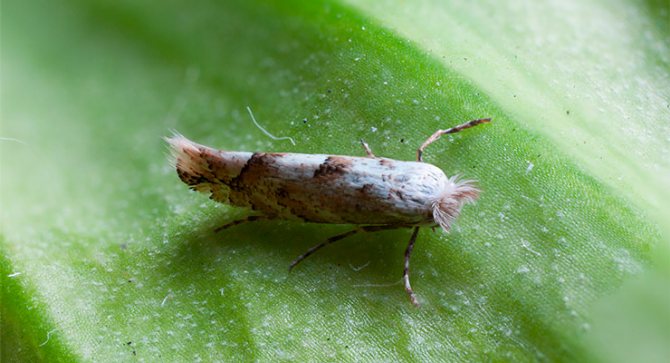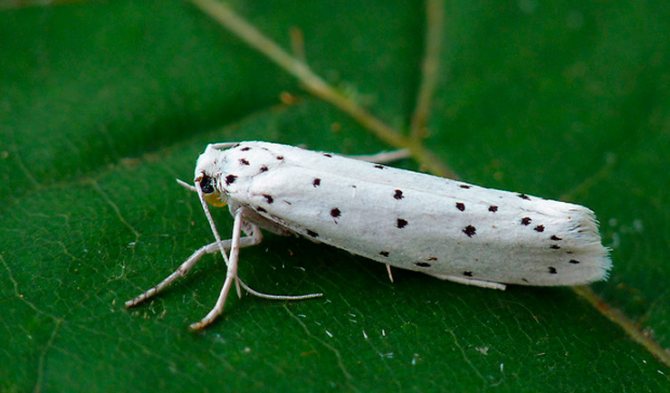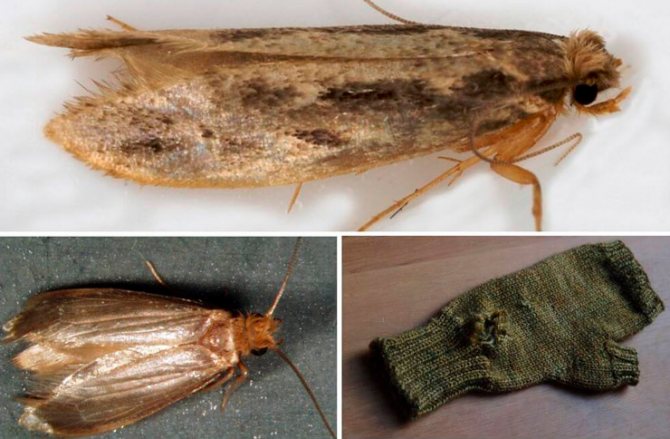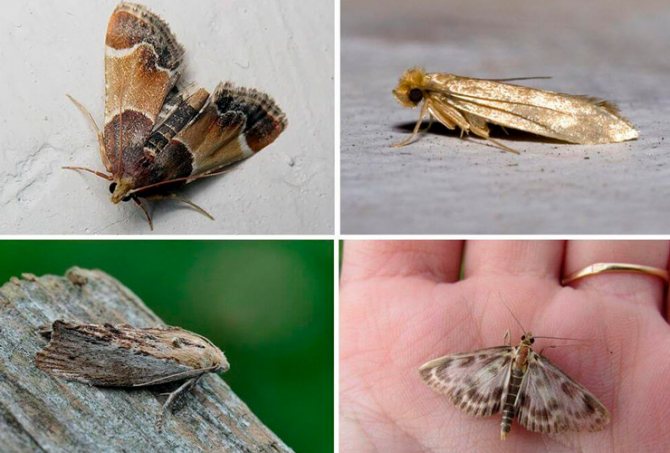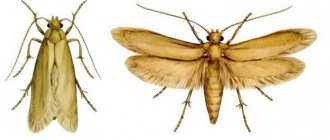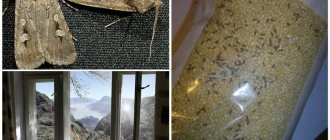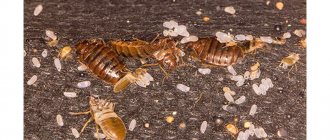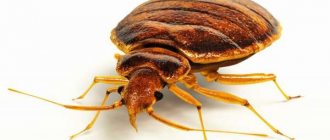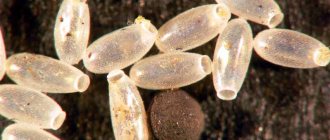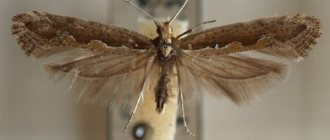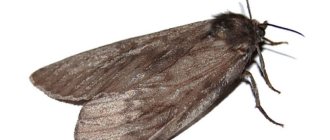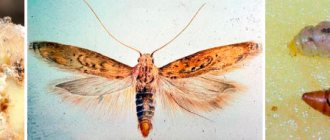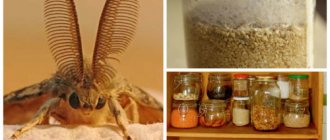At times, even in a perfectly clean apartment, a mole is found. The owners wonder where she comes from. There is a feeling that insects start out of nowhere. Harmful guests spoil property and all kinds of products.
Information about finding a moth in an apartment contains the following sections:
- How does a mole appear in an apartment?
- The emergence of food moth
- How to find a mole in an apartment?
- Finding food moth
- Finding the clothes moth
- Finding the clothes moth
- Favorite treats of food moth
- Taste preferences of moth clothing
Family summary
The moth refers to insects closely related to butterflies, although in fact they are not, except as a general definition, which also includes the term "moth". Meanwhile, both moths and butterflies belong to the same order of Lepidoptera, and this is where their similarities end. The differences between butterflies and moths are more than just dry entomological taxonomy. To date, researchers have identified about 200 thousand species of butterflies around the world and we can definitely say that there are at least five times more known representatives among the moths.
All species are characterized by the general structure of the body and vital processes. The antennae of moths are, as a rule, shorter than those of butterflies, and along their length you can find a shaggy "branching" that strongly resembles hoarfrost on wires. When the insect sits down, it folds its wings evenly, which gives their body a narrow, flat shape. An exception may be several species that keep their wings unfolded at rest. The sizes of moths of different species can vary greatly - from a few millimeters to several centimeters.
These insects usually have thick, villous bodies ranging in color from golden yellow to dark brown. Some species are characterized by a radically black color. The vast majority are active at night and rest during daylight hours in a preferably shady habitat.
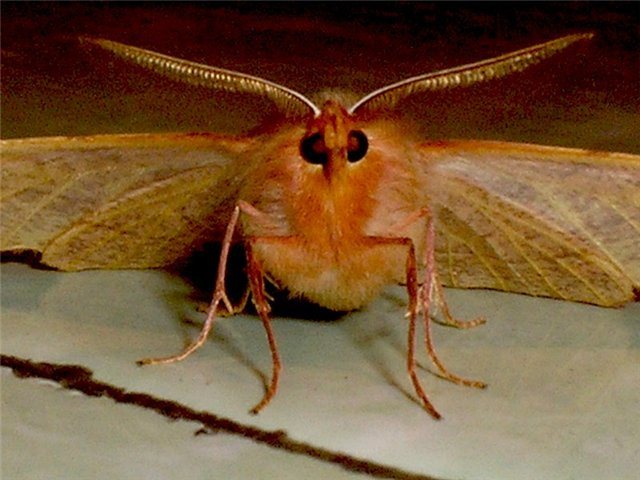
Interesting Facts
Some species have a very long proboscis, or, as it is sometimes called, a tongue, which insects use to suck out nectar or other vegetable fluids. This proboscis tends to fold very tightly when there is no need to use it. But during the feeding of the insect, the tongue "unwinds" to its full length, and in some species, in the unfolded state, it can be several times longer than the body.
For example, the Madagascar hawk moth, which is a direct relative of all of us the well-known poplar hawk, which we talked about in detail in this article, has a proboscis of about 33 cm in length. The insect certainly got such a unique feature in the process of evolution, since its main diet is the nectar of orchids growing in this region, the flowers of which have a very deep "neck".
However, not all moth species have such "long tongues". Many of them have a very short proboscis, and this is also a consequence of evolution, since such adaptation makes it easy and effective to eat fruit juice.
The rest of the species, of which there are many more, do not have a mouth apparatus at all. More precisely, it exists, but its constituent parts are so reduced that there is absolutely no way to use them.Apparently, it is not needed, since adults during their entire, usually very short life, can waste the energy that they have accumulated, being at the stage of a very voracious larva, which is better known to us as a caterpillar.
Antennae, or, to be more correct, antennae, as well as limbs and many other parts of the body are literally littered with sensitive receptors, which the insect uses to assess the environment and seek food. This kind of sense of smell is used mainly to search for flower nectar and to find a pair in order to reproduce.
Among almost all species of these insects, females fly to meet males, which throw their odorous pheromones into the air. These aromatic substances are produced on the last segment of the middle pair of limbs, scales on the wings or glands located on the abdominal region. It is worth noting that the female of our usual clothes moth is able to detect the male at a distance of more than 2 km, provided there is a favorable wind, although, of course, she will not be able to reach him.
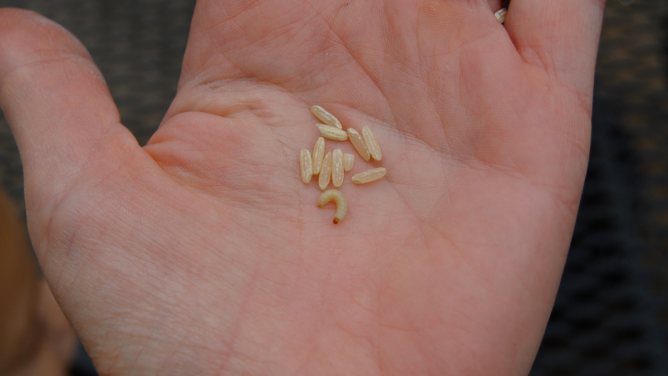

Agricultural pests
It is better to study the enemy thoroughly so as not to get confused if you suddenly have to meet him not only in the apartment, but also in the garden! It is quite common for entire colonies to attack agricultural crops, poisoning the life of gardeners. Let's consider several main types of moths:
Grain moth


Grain moth - a kind of silvery-white keratophages with a bright brown small pattern on the front wings. They can also be recognized by their gray abdomen and wings, the span of which reaches fifteen millimeters. Pupation mainly occurs in the spring and summer. Grain moths are most often found in barns, warehouses, granaries and other places where grain crops are stored. An individual grain moth lays up to a hundred eggs directly on the grains: one or two eggs are glued to each grain. The female unites several grains into a kind of lump with the help of the secreted sticky liquid, similar to a cobweb, and eats them, being inside this lump of cobwebs. To move, she has to drag the entire bundle with her. This type of moth prefers to pupate in the cracks in the floor and walls. In addition to grains, moths also eat dried fruits and various seeds.
Rye moth
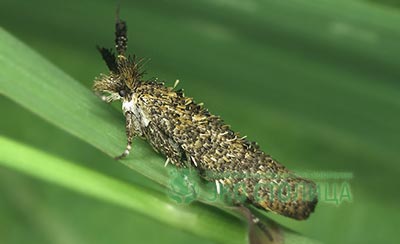

Rye moth - this species has up to thirteen millimeters in wingspan. The hind wings are dark yellow, with a brownish rim. The most common rye moth is found in central Russia. Individuals prefer to lay eggs towards the end of summer on wild cereals and emerging winter crops. The larva eats the core of the stem and spends the whole winter in it. Pupation of rye moth larvae occurs closer to the middle of summer.
Natural "camouflage"
Nature has given such an inconspicuous color to moths for a reason. Primarily because the earthy shade is an excellent defense and avoids an unhelpful meeting with a hungry predator. An interesting fact is that representatives of different species of moths living in a particular environment acquire colors in accordance with its conditions. For example, for the development of moths of forest species, a greenish tint is more characteristic, and for others, the coloring of the bark of trees, which grows more in this area.
But science has become aware of an even more unique phenomenon, a property that only very few representatives of the insect world can boast of. It has been observed that in urban areas where there is heavy soot pollution, some species of moth actually acquired a darker color than insects of the same species living in less polluted areas.
Another effective form of camouflage is the shape that the insect takes while at rest.Species that live mainly in the crowns of trees, as a rule, do not fold their wings at all, in order to be more like dry leaves, and "grassy" ones actually stretch their wings in a line so that they cannot be distinguished from a blade of grass. Not the last place is occupied by the flight strategy of the moth.
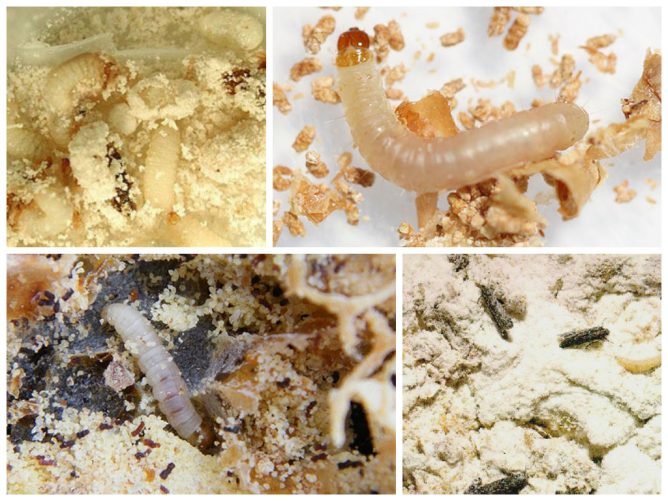

Few of these species fly straight and slowly. Many of us have watched a house moth fly - in such a way that it becomes difficult to catch it. The light excites the insect, forcing it to be even more active, therefore, the closer the light source, for example, a light bulb, the faster the moth will fly and the more chaotic at first glance the vector of its direction will be, which most often becomes circular.
An effective form of defense that other flying insects might learn from moths is mimicry. Mimicry refers to the ability of a living organism to simulate the appearance of a larger or more threatening creature. This form of protection is possessed by both caterpillars with tails, which look like a large head of a poisonous snake, and adults, whose war-spotted coloring on the outer surface of their spread wings scares off even large birds. Mimicry is characteristic of some species of butterflies.
Algorithm of problems for a chemical equation
When calculating the mass or reaction products according to the equation, a certain algorithm of actions is used. First, it is determined which of the starting materials is deficient. To do this, find their number in moles. Further, the equation of the process is drawn up, the stereochemical coefficients are necessarily placed. Above the substances, the initial data are recorded, under them the amount of the substance taken in moles (by coefficient) is indicated. If necessary, the units of measurement are converted using formulas. Then they make up the proportion and solve it mathematically.
If a more complex problem is proposed, then the mass of the pure substance is preliminarily calculated, removing the impurities, then they begin to determine its amount (in moles). Not a single problem in chemistry related to the reaction equation can be solved without such a quantity as a mole. In addition, with the help of this term, one can easily determine the number of molecules or atoms, using the constant Avogadro number for such calculations. Calculated tasks are included in the test questions in chemistry for graduates of basic and secondary schools.
A house moth is a bad neighbor for a person. Of course, she does not bite the skin, but spoils things and products. And, when suddenly brown butterflies begin to fly around the apartment, it is better to immediately sound the alarm. Where does a mole come from in an apartment? It is worth clarifying this issue in more detail in order to be fully armed against a flying insect.
Features of vision
Moths, like many other adult insect species, have complex and simple eyes. Complexes are made up of many hexagonal lenses, or corneas, that focus light from each part of the visual field onto a specific surface - the equivalent of our retina. The optic nerve carries visual information to the insect brain.
Such features allow these nocturnal representatives of the animal world to perfectly navigate in pitch darkness, and also to see only those objects that may be interesting and useful to them, everything else is actually eliminated as unnecessary. Among other things, moths are able to see ultraviolet rays, which are completely invisible to the human eye.
It should be noted that visual qualities differ in moths, depending on different stages of development of the life cycle. Who Said The Caterpillar Has No Eyes? Many species have them, including the larvae of the same clothes moth, and they perfectly help her navigate the environment. However, caterpillars have only simple eyes, or, as scientists call them, eyes that can only distinguish darkness from light.But such eyes are not capable of forming an image, meanwhile, nothing prevents the moth larva from "seeing" the light that has entered through the open cabinet door and quickly retreat into its nest.
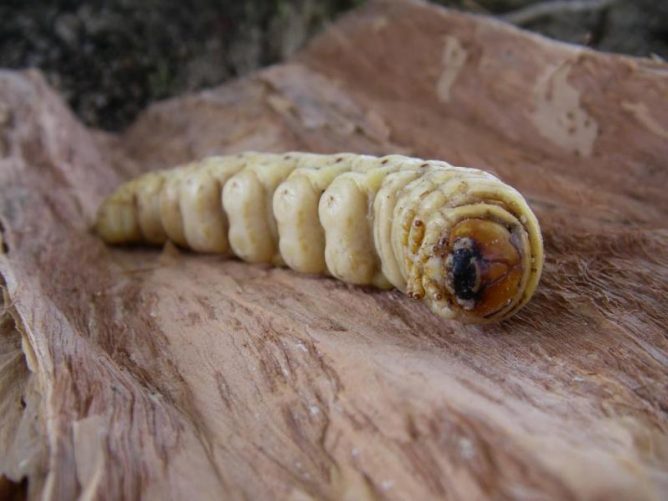

Physically, the eyes of moth larvae consist of photoreceptors (light-sensitive cells) and pigments, which, under the influence of light, change their chemical structure, becoming irritating to the nerve receptors of the optic nerves, forcing the larva to hide away. But the eyes of the caterpillars themselves are three times more than those of humans, which are located in the form of a semicircular ring on each side of the head, providing an almost 360-degree view.
How to get rid of an insect?
If signs of pest habitat appear in the kitchen, urgent measures must be taken to remove insects. The cereal moth multiplies rapidly and destroys grocery stocks. The fight against it should be carried out in a comprehensive manner. First of all, you need to carefully consider all the cereals, flour and other supplies. Then sort, separating the contaminated products from the clean ones.
If there are a lot of caterpillars in a bag with cereals, then it is already unsuitable for food, it is better to throw it away. In packages that appear to be intact, larvae may also be present. Their contents must be processed to prevent the further spread of pests.
Kitchen furniture must be thoroughly cleaned inside and out. Particular attention should be paid to joints and small crevices. The final stage of work on the destruction of pests is the treatment of the premises with special means.
Search and destruction of contaminated products
You need to look for the source of infection in cabinets and bedside tables in which cereals and pasta are stored. It is necessary to inspect not only opened packages. The larvae easily gnaw through plastic and paper, so they could even get into the house in a closed bag.
Supplies that are intended for feeding pets can also suffer from the invasion of moths. Stocks of feed, seeds should also be carefully inspected if they are not stored in the refrigerator.
Adults often hide in inaccessible and dark places, during the day they sit on ceiling plinths, on walls behind furniture, on the inside of unsticked wallpaper. To spot insects, you need to turn on the lights in the kitchen at night.
Cleaning in storage areas
After examining and identifying infected bags with cereals, flour, pasta, they must be folded into a separate bag and thrown into the trash can on the street. The rest of the packaging must be removed from the boxes, removed from the shelves in order to carry out a general cleaning.
Tables, chairs, shelves and furniture should be washed with a water solution of laundry soap. Cabinets near the ceiling, which cannot be reached by hand, need to be vacuum cleaned, as well as the space between the cabinets and the back of the furniture. After the initial treatment, all internal and external surfaces are washed with a vinegar solution. The moth is afraid of the pungent vinegar smell.
Processing cabinets, walls, etc. with ready-made and improvised means
Primary processing and harvesting allows you to remove most of the larvae. Adults sometimes remain in the kitchen, as they are able to hide in the most inaccessible places. Small moth eggs are practically invisible, so they can also remain on the inside of the windowsill, wallpaper or behind cabinets that do not move away from the walls. In order to completely remove insects and prevent the re-growth of the population in the house, it is necessary to poison the pests with products that can be purchased in the household department or made at home.
Insecticidal preparations
The room, as well as cabinet doors, shelves are treated with ready-made chemicals that destroy the moth at all stages of the life cycle. Insecticidal agents are available as aerosols, fumigator plates and hard balls.


Aerosols are highly effective but highly toxic. When using such products, you must strictly follow the instructions of the instructions, remove food and dishes from the kitchen, and prevent the presence of other people and animals in the room. After spraying a poisonous substance, you need to ventilate the kitchen well, and wash the surfaces on which food is prepared and the dining table so that the poison does not get into the food. The most effective are aerosols "Combat Spray", "Armol", "Raptor".
Plates and balls act on the principle of gradual evaporation of the poisonous substance. They are not so dangerous for people, but the effect of their use is less pronounced, since such products often contain only natural ingredients that repel moths.
Folk remedies
Some housewives do not allow the use of toxic drugs in the kitchen. They recommend using folk methods for killing moths. However, such methods will not be able to quickly get rid of insects; it will take a long time to exterminate the entire population.
Folk remedies for moths are herbs and confectionery seasonings. They scare off only adults. The most effective of them are: mint, bay leaf, lavender, garlic, cloves, citrus peels, wild rosemary, rosemary. The dried herbs are placed in grocery boxes.


What to do with the leftover food?
If no mole is found in the cereal, the product should not be thrown away. However, it is possible that there are still insect eggs in the bags. You can deal with the remaining larvae and eggs by processing the stocks using one of the following methods:
- place in a freezer for 4–5 days;
- warm up for 40 minutes in an oven at a temperature of 60 ° C;
- place in the microwave for 3 minutes, turning it on at maximum power.
Sense organs
This type of receptor, developed to a unique state with a huge number of possibilities, can only boast of mosquitoes and honey bees. But nature has not awarded moths with such a wide range of benefits.
The “down” on the caterpillar's body provides the larva with a sense of touch. The insect perfectly feels the touch, using long tactile hairs that grow on almost the entire surface of their exoskeleton and are connected to nerve cells that transmit information about the contact to the insect's brain.
Sensory hairs on the body of adults are located throughout the body, especially on the antennae. In addition to tactile and "culinary" sensitivity, they provide information about the speed and direction of the wind while the insect is in flight.
Navigation
Moths never just go anywhere as much as many of our readers might think. Actually, like no other living organism, with the exception of humans. Everything in the animal and plant world is interconnected, and cannot happen just like that, because there is nothing to do. In particular, the moth always flies, either in search of a pair or food, or in order to lay eggs.
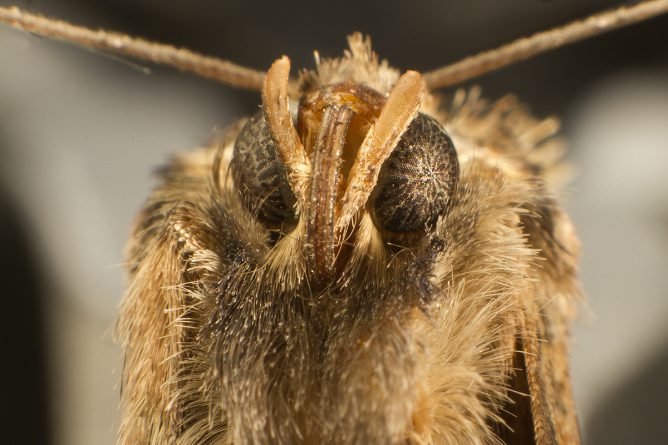

There is a lot of controversy today why moths are so attracted to light, however, in fact, this information remains a mystery to this day. One of the hypotheses, which along the way can explain why butterflies are more active in the light, says that the heat of light warms up the muscles of the moth's wings, since the moonlight does not warm at night. However, this idea has not yet been scientifically proven. Another, also quite well-known theory, is that light, in particular its ultraviolet part, emits energy similar to that which is given off by night flowers, the nectar of which is the main food for insects.
The course and speed of the moth is determined by the moon and stars, and when they are not available, the insect is guided by geomagnetic clues from the earth.
Other interesting information
- Adult clothes and kitchen moths, which are well known as household pests, do not feed at all.The main harm that they cause to humans falls on the share of the larvae, which have an extremely high voracity. Often asked - where does the mole come from? The answer is very simple - it flies in from the street.
- The science that studies moths and butterflies is known as lepidoptology, and the biologists who specialize in this discipline are lepidopterists.
- Often a moth is a pest. Various species, especially in the larval stage, are among the main agricultural and domestic pests in many parts of the world. The gypsy moth caterpillar, for example, causes severe damage to forests. In temperate climates, the codling moth causes significant damage in fruit production. In tropical and subtropical climates, the cabbage moth is perhaps the most serious pest of cruciferous crops - the mustard and cabbage families. Read more on cabbage moth.
- Insects are able to "hear" sounds through their wings, thanks to the vibration of the pollen on them.
- Many species of moths and butterflies have a well-developed special organ called Johnston's organ located at the base of the antennae. This organ is responsible for maintaining a sense of balance and orientation during flight.
What does a mole eat?
The domestic individual brings a lot of inconvenience in the room in the guise of spoiled things, products, property.
Favorite treats of food moth
These insects are divided into several types. Therefore, they eat foods made from grain and flour. Another group of individuals loves dried fruits, sweets and confectionery products.
The range of products that this type of moth prefers:
- bread,
- dried fruits,
- pasta,
- chocolate,
- flour,
- flour baked goods,
- cookies,
- nuts,
- candy,
- cereals,
- seeds,
- oat flakes.
Taste preferences of moth clothing
This pest is divided into clothes, fur, woolen, carpet, furniture moths.
The list of sweets of the cloth moth:
- jersey,
- blankets,
- socks,
- products from bird feathers,
- knitted hats,
- furniture upholstery,
- mittens,
- sheepskin coats,
- fur shoes,
- natural fur coats,
- felt slippers,
- felt boots,
- woolen sweatshirts,
- carpets.
This is not the whole list, because the insect eats everything that consists of natural fiber. A pest can even ruin synthetic underwear if it contains cotton or wool.


Also, clothes that have been worn for a long time are attacked, into which particles of the epidermis from human skin have fallen.
On a note!
Do not hide clothes in polyethylene bags. If a moth has chosen a thing, it will gnaw through even such material!

